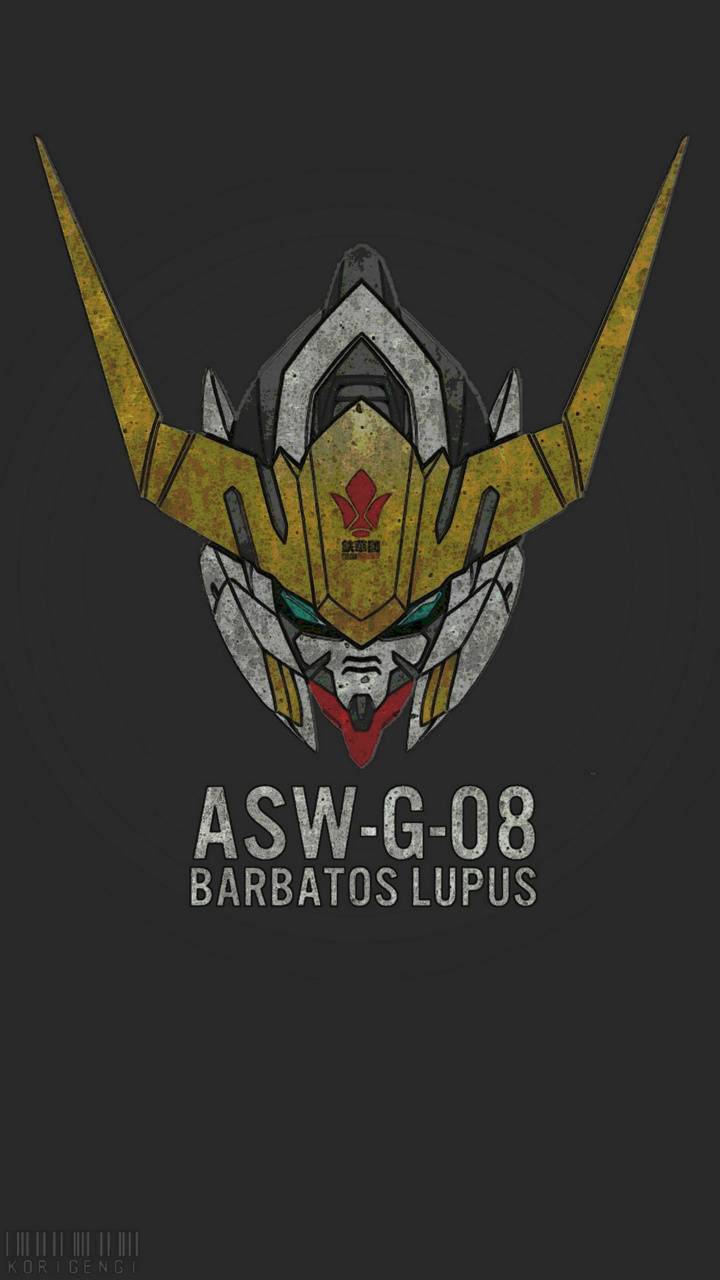At someone who’s way smarter than me:
What happens with the stuff inside the part of space time when it would be compressed?
Like: If a fictive spacecraft would warp travel (which doesn’t seem possible anymore, but let’s pretend it would work) through space and would pass near our earth, compressing parts of the planet, would people living in that particular region notice that compression? Would people outside of that region notice anything and if yes, what would they see?
I forgot to address the last part. You’d see gravitational lensing. Light would bend with spacetime as it’s compressed and expanded, so you’d see distorted versions of what’s around the ship. That’s well-documented. Imagine those mirror domes in stores or funhouse mirrors. The difference is spacetime bent instead of a fancy mirror reflecting weird, but the visual results are the same.
The compression would be noticeable, and perhaps deadly, depending on how it was done and how much space was warped.
Think of it like the wake on a cruise liner, the waves it creates ahead of it and the ripples it leaves behind. If we had this style of warp drive apply to our seas, that cruise liner would compress water together in front of it to reduce friction and expand water behind it to push the ship along. That’s what could happen to gravity, if we ever find a way to have something with a negative mass. If such a thing were large enough and close enough to earth, it would be about as terrifying as it sounds. Not a lot survives a cruise liner running over you, and not a lot would survive that ship, either. Ships would have to leave earth more mundanely, only using this warp drive once they’re safely away. There’s also every chance earth and other large bodies in space would mess up what would have to be very precise calculations to get the right curvature, so everyone will be happier with that technology being space-only.
Thanks!
I think nothing would happen as this is “observer based”. The shrinking only happens for the ones on the ship. For the ones outside the ship, nothing happens and the ship seems to “stretch” to it’s destination. If they stretch themselves into a planet on the other hand…
No, this hypothetical drive isn’t just relativity incarnate. It uses a hypothetical source of negative mass. This means it has a gravitational effect the same way the moon does, but the tides aren’t just a relativistic stretching.
This ship would literally push objects away from it. That mechanic is crucial to the concept of the ship. If we were in space, in a box, with that ship near us, we would perceive the ship’s direction to be up, because the repelling effect would be identical to the equivalent positive mass below us pulling us down.
And if one of these hypothetical ships could do this to an extent that allowed it to fold space to cheat out faster-than-light movement, I imagine the gravitational effect would crush us entirely.
According to Fortnite’s partnership with shell, we can use diesel to fuel our starships!!
I want mine to roll coal all the way to Mars
They would just make a hybrid with classic propulsion. Shrink/warp in front and propel forward into the warp instead or relying on the back stretching to move.
Great. Thanks for that my day is ruined and my disappointment immeasurable.


